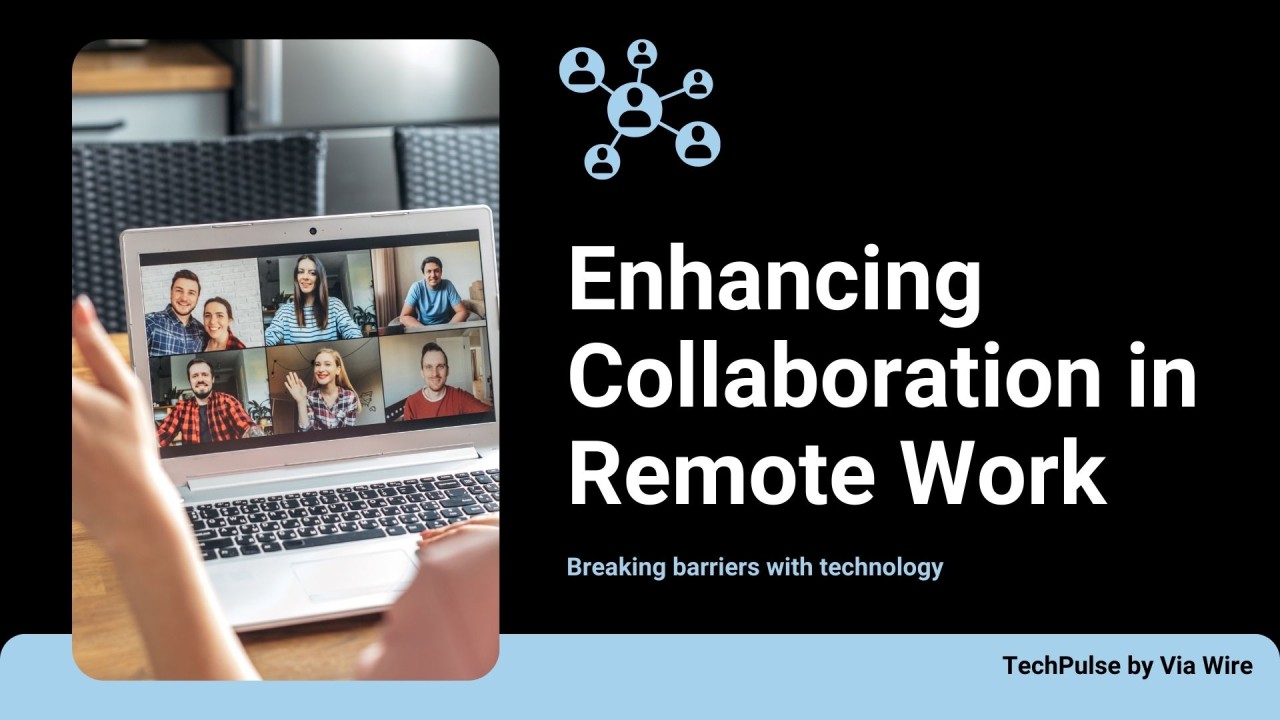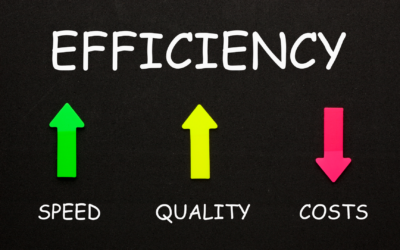In an increasingly interconnected world, effective collaboration is the cornerstone of success. However, with the rise of remote work, traditional modes of collaboration are evolving. Enter digital communication platforms like Slack, Microsoft Teams, and Zoom – the lifelines of remote teams everywhere.
Join us as we delve into the world of remote collaboration and discover how these digital platforms are breaking down barriers and fostering seamless teamwork in the digital age.
As technology continues to shape our world, collaboration remains essential for achieving productivity and fostering innovation. Whether it’s brainstorming ideas, coordinating projects, or fostering a sense of camaraderie among team members, effective collaboration lies at the heart of every successful business. However, the landscape of collaboration has undergone a profound transformation with the advent of remote work. As traditional office spaces give way to virtual setups, new challenges and opportunities emerge, demanding innovative solutions to bridge the gap between team members separated by geographical boundaries.
Enter digital communication platforms – the unsung heroes of the remote work revolution. Platforms like Slack, Microsoft Teams, and Zoom have emerged as indispensable tools, providing remote teams with the means to communicate, collaborate, and thrive in the digital realm. These platforms offer a plethora of features designed to streamline communication, facilitate real-time collaboration, and nurture a sense of cohesion among team members scattered across the globe.
One of the most significant barriers to effective collaboration in remote work environments is the lack of face-to-face interaction. Without the ability to engage in spontaneous conversations or read non-verbal cues, communication can become fragmented and misunderstandings can arise. However, digital platforms like Zoom have made significant strides in bridging this gap by offering video conferencing capabilities that enable teams to connect in real-time, regardless of their physical location. Through virtual meetings, team members can see and hear each other, fostering a sense of presence and enhancing the quality of communication.
Moreover, platforms like Slack and Microsoft Teams facilitate asynchronous communication, allowing team members to collaborate at their own pace, irrespective of time zones or schedules. By providing a centralised hub for messaging, file sharing, and project management, these platforms ensure that important information is accessible to all team members, promoting transparency and accountability within the team.
Another challenge posed by remote work is the difficulty of fostering a sense of belonging and camaraderie among team members who may never meet in person. However, digital platforms play a crucial role in cultivating a positive remote work culture by offering features such as virtual water coolers, where team members can engage in casual conversations and build relationships beyond work-related tasks. Additionally, platforms like Slack allow teams to create dedicated channels for sharing interests, hobbies, and personal milestones, creating opportunities for bonding and connection.
In addition to facilitating communication and collaboration, digital platforms also offer robust security features to protect sensitive information and ensure compliance with data privacy regulations. With end-to-end encryption, multi-factor authentication, and access controls, these platforms provide peace of mind to organisations operating in remote environments, safeguarding their valuable assets from external threats.
As we navigate the complexities of remote work, it becomes increasingly evident that effective collaboration is not merely a luxury but a necessity for success. By leveraging digital communication platforms, organisations can overcome the barriers posed by remote work and unlock the full potential of their teams. From breaking down geographical boundaries to fostering a sense of community, these platforms are revolutionising the way we collaborate in the digital age. So, join us as we embrace the future of work and embark on a journey towards seamless teamwork and unparalleled innovation.




0 Comments